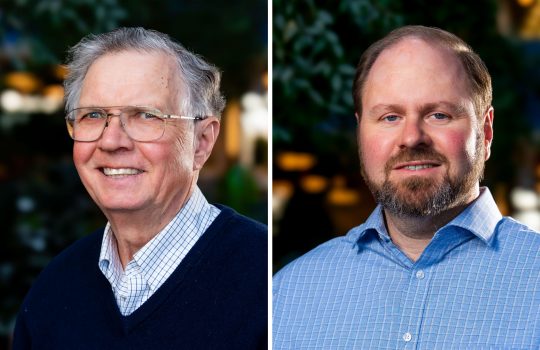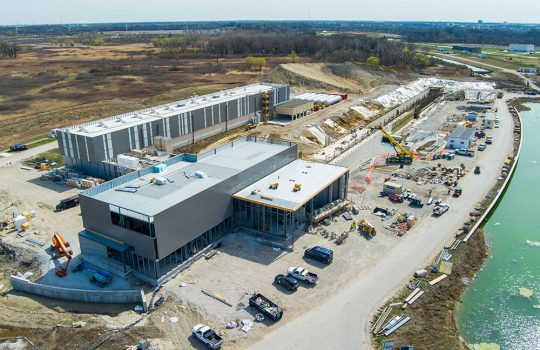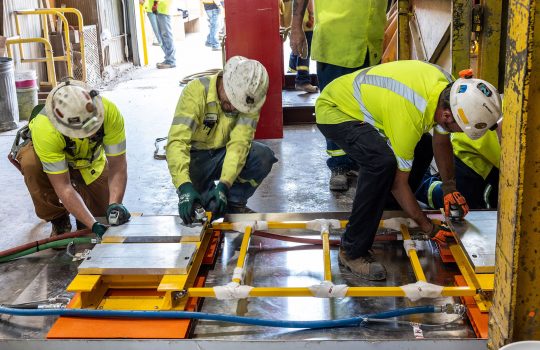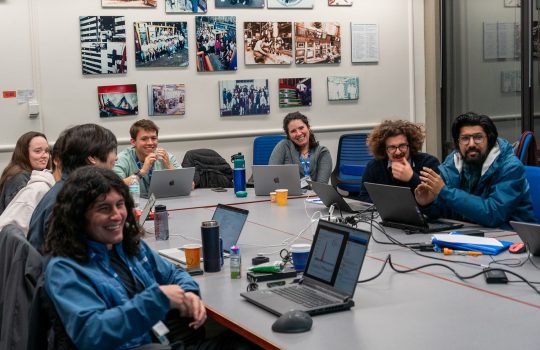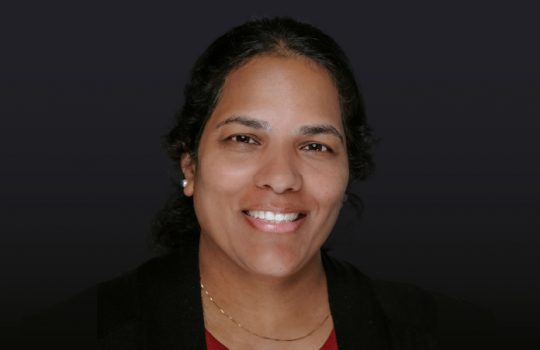Fermilab-funded research demonstrates new method for 3D printing high-temperature superconductors
This technique, published recently in Nature Communications, is the first to fabricate 3D-printed ceramic superconductors with a monocrystalline microstructure, advancing beyond the traditional polycrystalline microstructures.


